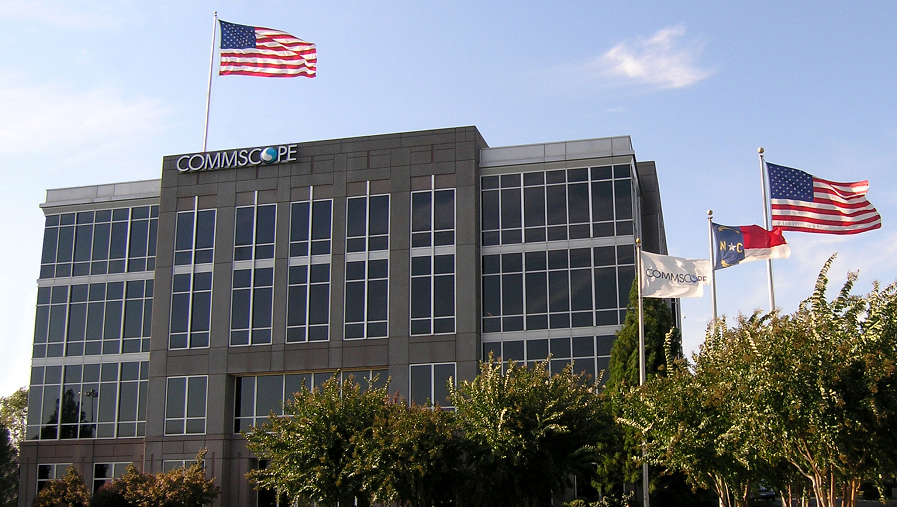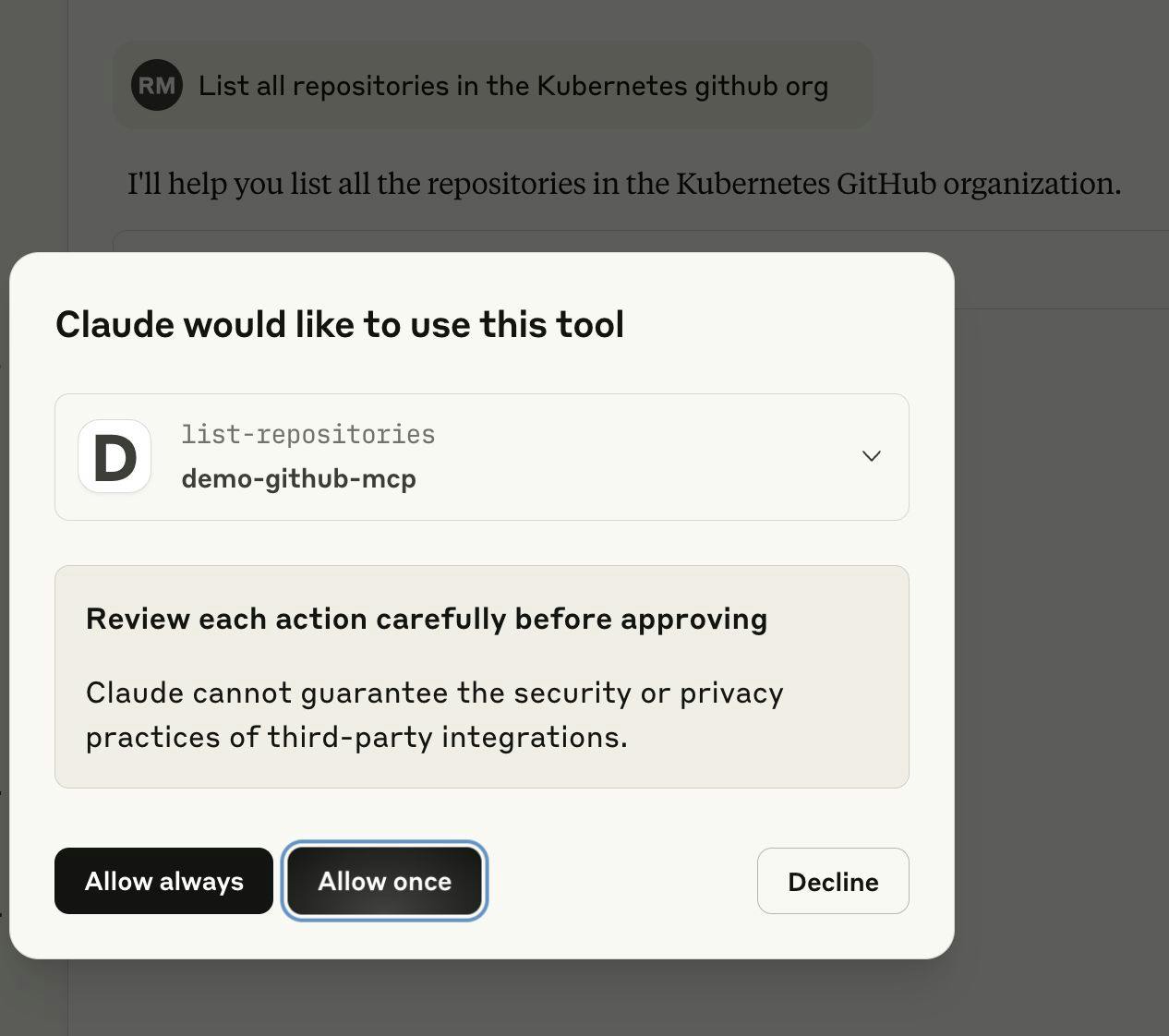Table of Links
Abstract and Introduction
-
Extents and ways in which AI has been inspired by understanding of the brain
1.1 Computational models
1.2 Artificial Neural Networks
-
Embodiment of conscious processing: hierarchy and parallelism of nested levels of organization
-
Evolution: from brain architecture to culture
3.1 Genetic basis and epigenetic development of the brain
3.2 AI and evolution: consequences for artificial consciousness
-
Spontaneous activity and creativity
-
Conscious vs non-conscious processing in the brain, or res cogitans vs res extensa
-
AI consciousness and social interaction challenge rational thinking and language
Conclusion, Acknowledgments, and References
3.2 AI and evolution: consequences for artificial consciousness
Is the lack of an evolution homologous to the human a stumbling block for AI to achieve a human-like conscious processing? Even if AI lacks a strictly phylogenetic evolution (being human made), it may have an ontogenetic development (e.g., through unsupervised learning) that in principle can make possible for AI to achieve capacities not originally programmed by the developers. This would be the case, for instance, of deep reinforcement learning systems (Silver et al., 2018; Vinyals et al., 2019).
Can we say that this form of AI is able to learn from experience, and so to develop an artificial form of “habitus”, “temperament”, and “character”? In fact, deep reinforcement learning systems includes various kinds of feedbacks and error signals from processed data, which combined with short- and long-term memory capacities may be interpreted as a form of experience.
What about epigenetic and cultural evolution? Even though there are recent computational studies on cultural evolution that show how AI agents can share information from each other and learn to perform tasks (arXiv:2206.05060) (Colas, Karch, Moulin-Frier, & Oudeyer, 2022), at this stage AI mostly lacks an epigenetic development homologous to that of humans. Since human experience and culture derive from epigenesis, it basically follows that AI (still) lacks experience and culture, at least of the same kind and with the same sophistication as in humans.
The evolutionary analysis (Kanaev, 2022) together with the examination of the developmental data for the human newborn (Lagercrantz & Changeux, 2009, 2010) have suggested that human “conscious processing” develops stepwise (Changeux, 2006, 2017).
i) A lowest level of ‘minimal consciousness’ for simple organisms, like rats or mice, is characterized by the capacity to display spontaneous motor activity and to create representations, for instance, from visual and auditory experience, to store them in longterm memory and use them, for instance, for approach and avoidance behaviour and for what is referred to as exploratory behaviour.
The 25–30-week preterm fetus, according to (Lagercrantz, 2016), would have reached a stage of brain maturation analogous (though not identical) to a newborn rat/mouse; he/she may process tactile and painful stimuli in the sensory cortex (Bartocci, Bergqvist, Lagercrantz, & Anand, 2006), would perceive pain and thus would show signs of minimal consciousness;
(ii) ‘recursive consciousness’ (Zelazo, Craik, & Booth, 2004), which is present, for instance, in vervet monkeys (possibly also in some birds), manifests itself by functional use of objects and by proto-declarative pointing; organisms at this level may display elaborate social interactions, imitation, social referencing and joint attention; they possess the capacity to hold several mental representations in memory simultaneously, and are able to evaluate relations of self; they display elementary forms of recursivity in the handling of representations, yet without mutual understanding; along these lines, the newborn infant exhibits sensory awareness, ability to express emotions and processes mental representations (i.e., of a pacifier); he/she would already differentiate between self- and nonself touch (Rochat, 2003).
(iii) explicit ‘self-consciousness’ develops in infants at the end of the second year, together with working and episodic memory and some basic aspects of language; it is characterized by self-recognition in mirror tests and by the use of single arbitrary rules with self–other distinction (Lou, Changeux, & Rosenstand, 2017; Posner & Rothbart, 2007); to some extent chimpanzees might reach this level (Boakes, 1984);
(iv) ‘reflective consciousness’, theory of mind and full conscious experience, with first person ontology and reportability, reaches full development in humans and develops following 3–5 years in children.
At birth, all major long-distance fiber tracts are already in place (Dubois, Kostovic, & Judas, 2015), although still immature. An electrophysiological signature of conscious processing—homologous to GNW ignition in adult humans—was recorded in 5-, 12-, and 15-month-old babies (Dehaene-Lambertz & Spelke, 2015; Kouider et al., 2013).
In short, subjective experience arguably derives from the temporally extended process of epigenetic development (i.e., a change in the brain connectomics which eventually alter the number of neurons and their connections in the brain network). In other words, consciousness is a process, which depends on and is shaped by the (more or less) temporally extended interactions between the organism (particularly its brain) and the environment.
Present AI has a limited form of this kind of interactive development, which means that social and emotional significance and valence of information are largely missing from or only limitedly present in AI. In fact, AI does not experience the world, nor does it have a theory of mind (Pennartz, 2024): digital AI processes information in a format different from humans, which makes the world that AI can access significantly different from the world that humans have access to. There is a lot of research on analogue computing and AI which in principle may allow it to develop a more human-like experience, but results are still preliminary.
Moreover, given these different possible developmental stages of consciousness, attempts to develop artificial conscious processing should specify which particular stage they target. Up to now, the diverse AIs including the neuromorphic approaches are not expected to display all the traits of full conscious experience in humans. They may nevertheless qualify for some characteristic features such as a sustained working memory trace, global integration and decision making. They may reach the level of what we have referred to as ‘minimal consciousness’, or possibly some features of ‘recursive consciousness’, but neither ‘self consciousness’ or ‘reflective consciousness’ appears implementable in artificial systems at present.
Alternatively, the same hypothetical conscious AI may be considered as subject to progressive development. Although it is not the main trend in AI, Alan Turing already proposed in 1950 to consider development as a paradigm for creating and teaching an AI as we could teach a child.
In conclusion, current AI systems, specifically neuro-mimetic robotic systems simulating specific brain’s computational models, are limited in producing variability from the same functional organization of a computational model resulting in darwinian biological evolution and epigenetic development through selection and amplification. Also, current AI systems lack the brain’s long postnatal development leading to multiple nested epigenetic synapse selections as “inprints” from the physical, biological and socio-cultural environment. As a consequence of the darwinian mechanism of synaptic selection characteristic of the brain, different connection patterns may carry the same function, leading to plasticity, individual differences and creativity
This means that to date AI has a limited capacity for an evolutionary and epigenetic development analogous to the human brain. We cannot on that basis alone theoretically exclude that deep reinforcement learning systems may one day come to respond to learning and experience in a manner that can be described as an epigenetic relationship with the environment. Yet this may be a limitation also for a theoretical computational approach aiming at extracting the underlying principles of conscious processing for replicating them in artificial systems (Blum & Blum, 2023).
Authors:
(1) Michele Farisco, Centre for Research Ethics and Bioethics, Department of Public Health and Caring Sciences, Uppsala University, Uppsala, Sweden and Biogem, Biology and Molecular Genetics Institute, Ariano Irpino (AV), Italy;
(2) Kathinka Evers, Centre for Research Ethics and Bioethics, Department of Public Health and Caring Sciences, Uppsala University, Uppsala, Sweden;
(3) Jean-Pierre Changeux, Neuroscience Department, Institut Pasteur and Collège de France Paris, France.










